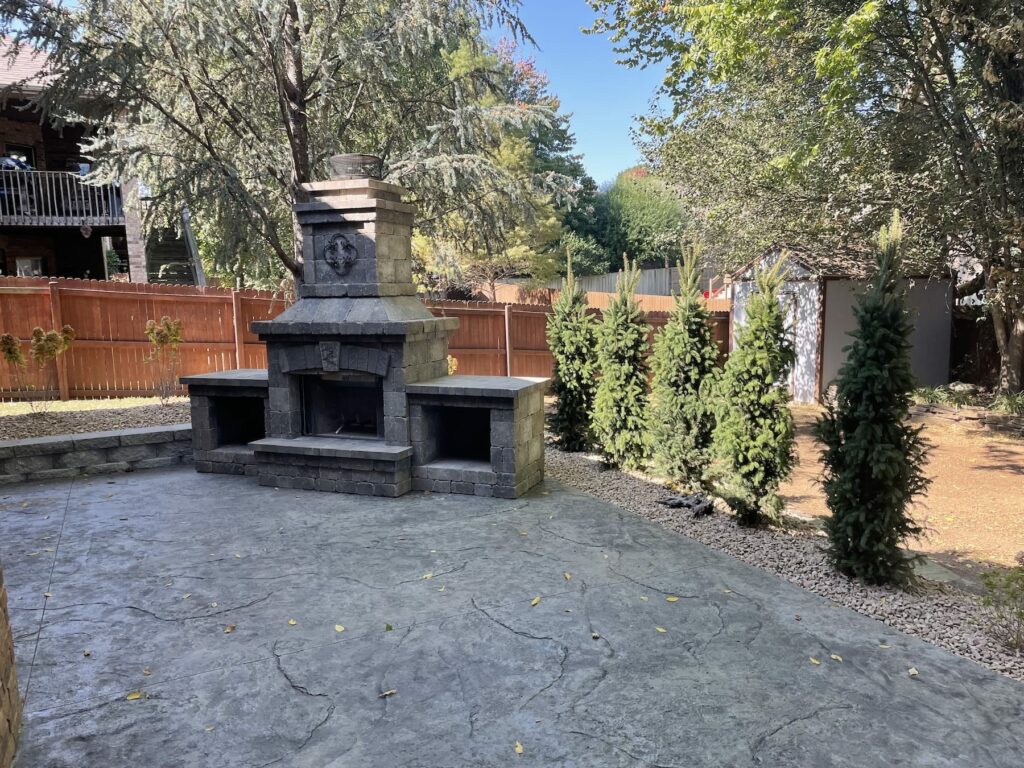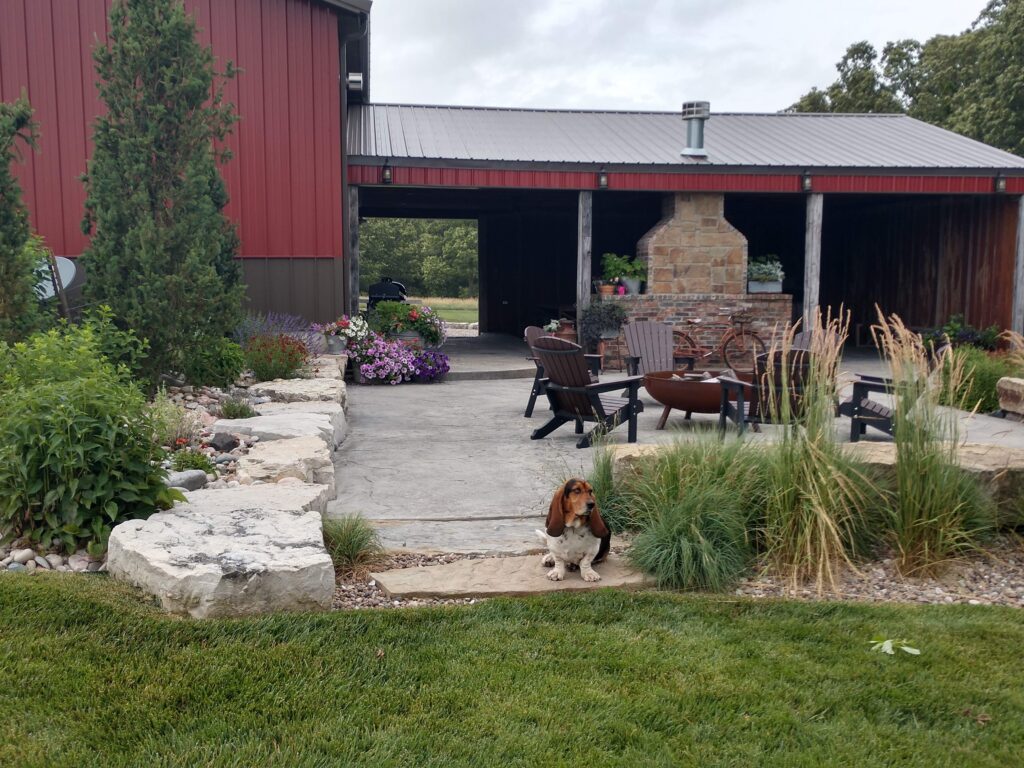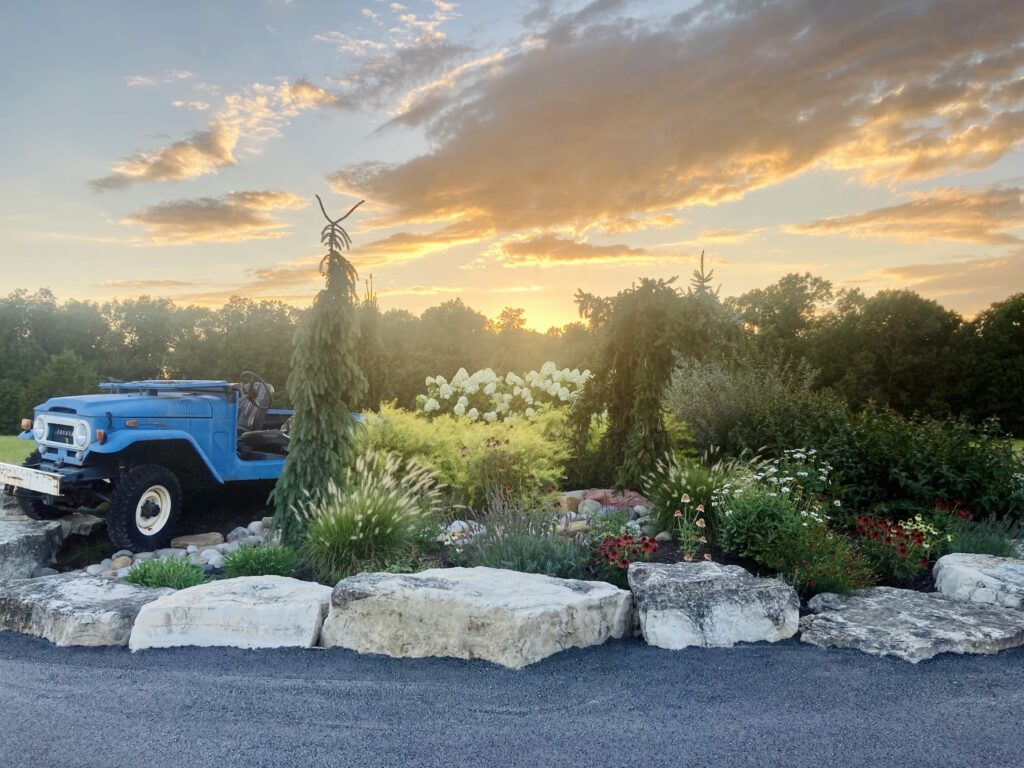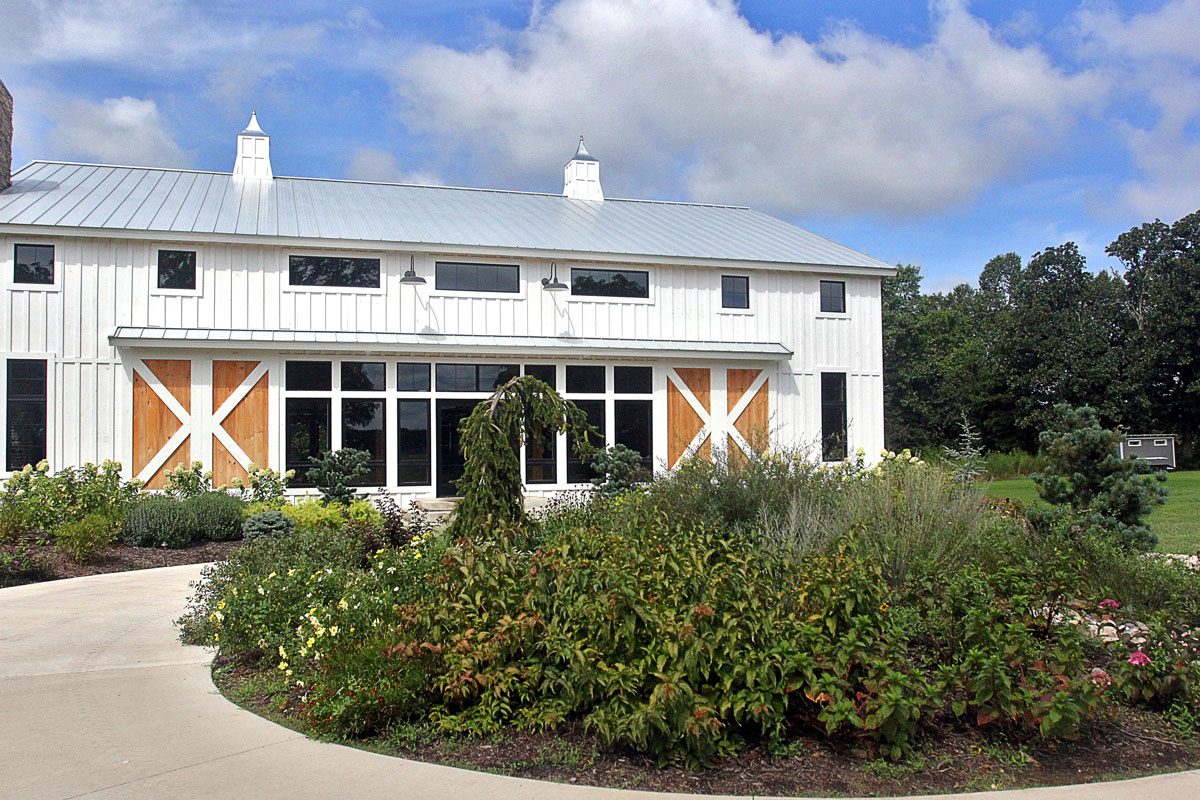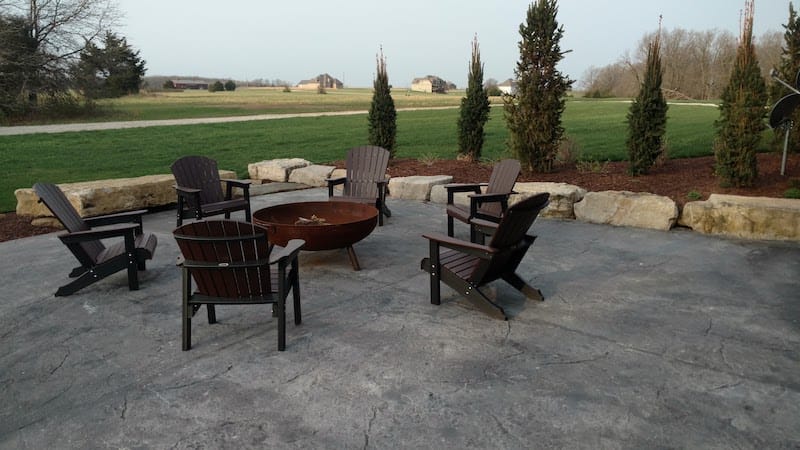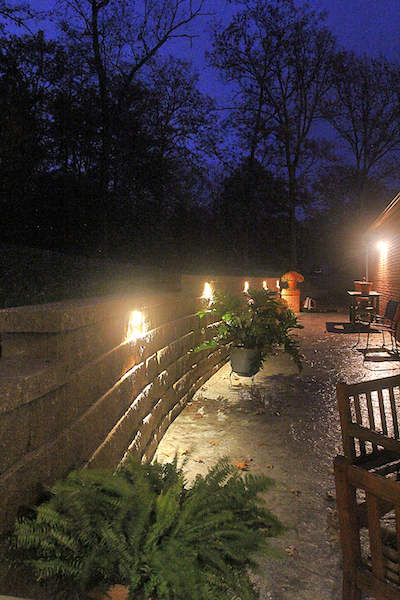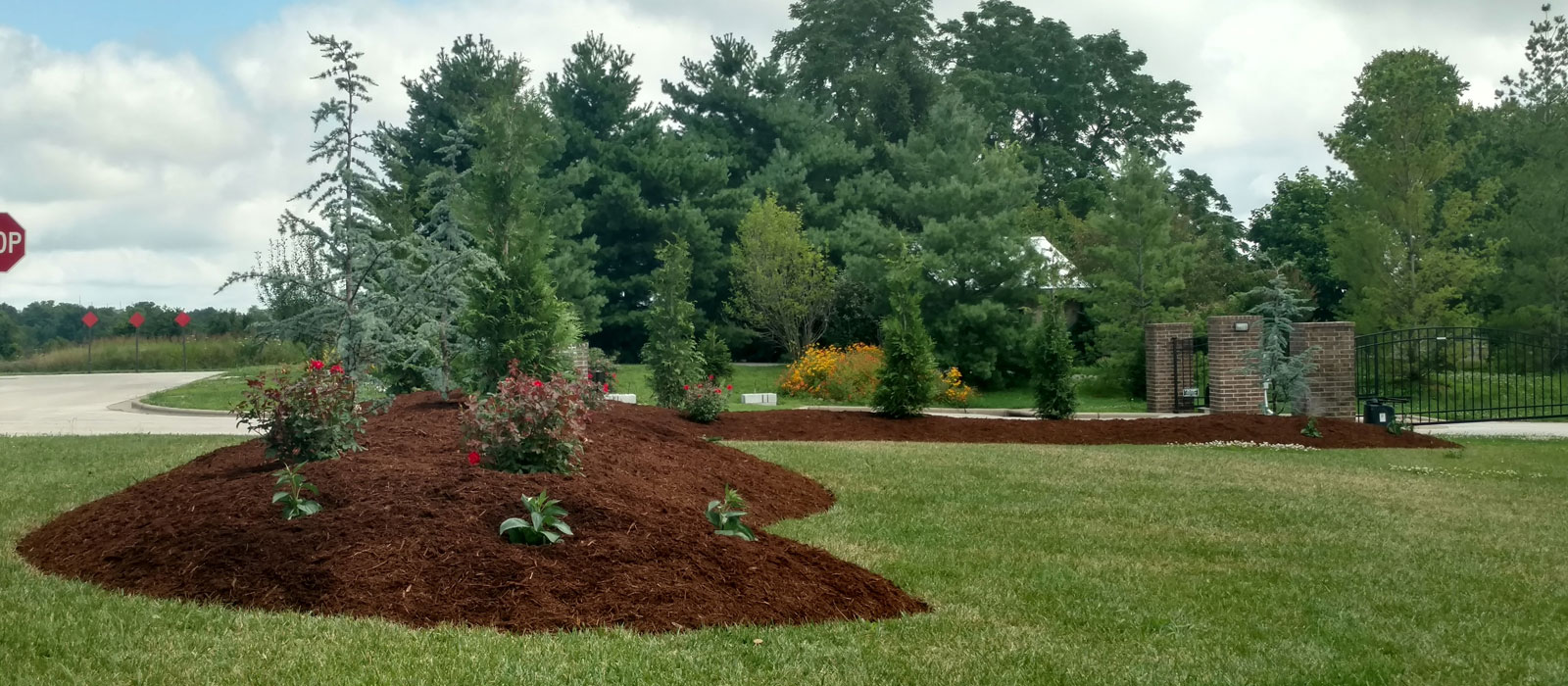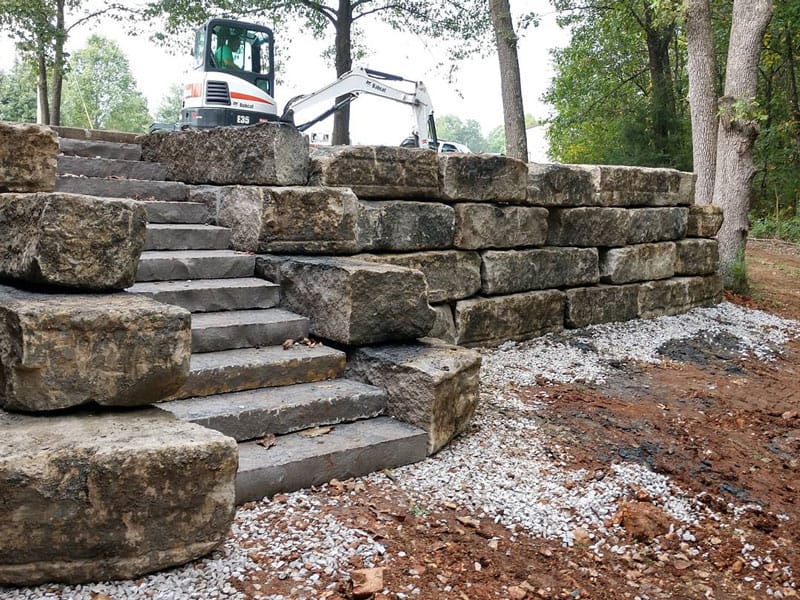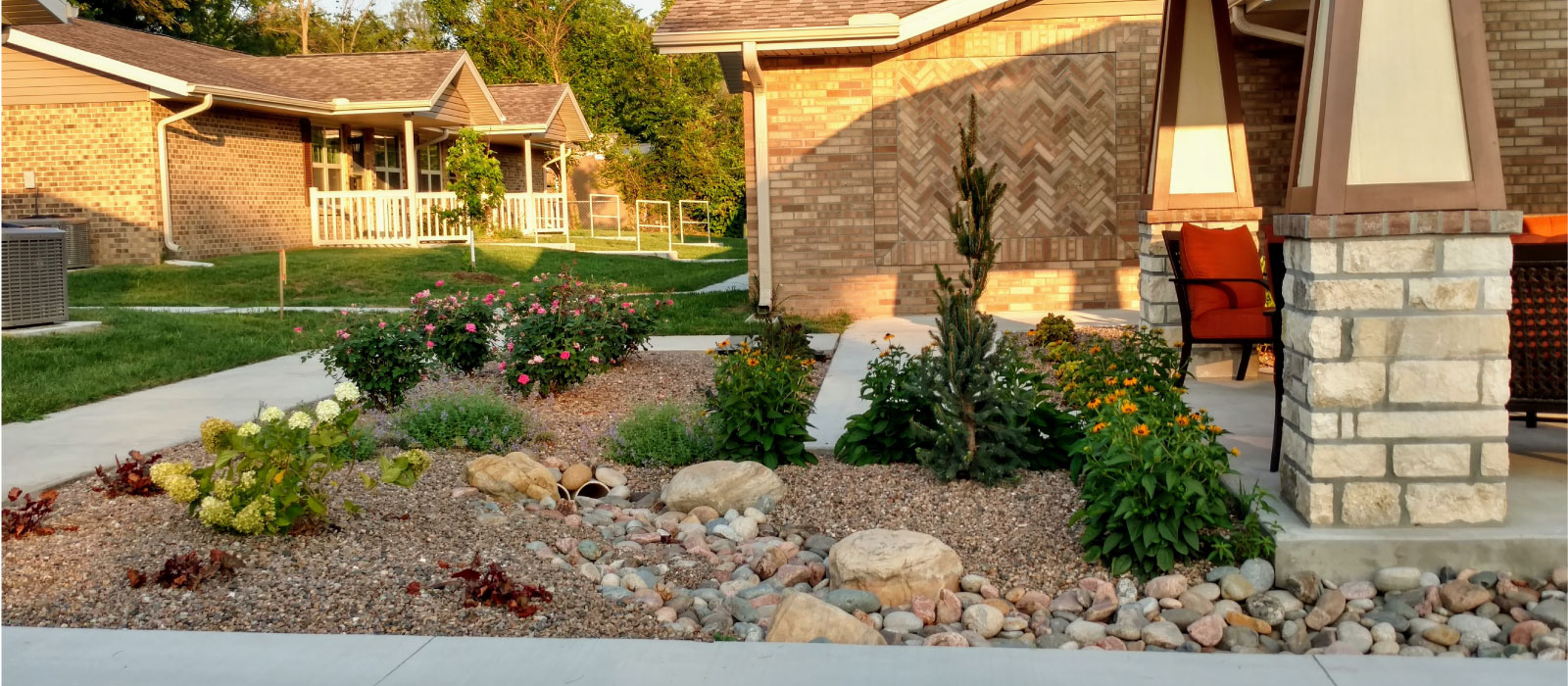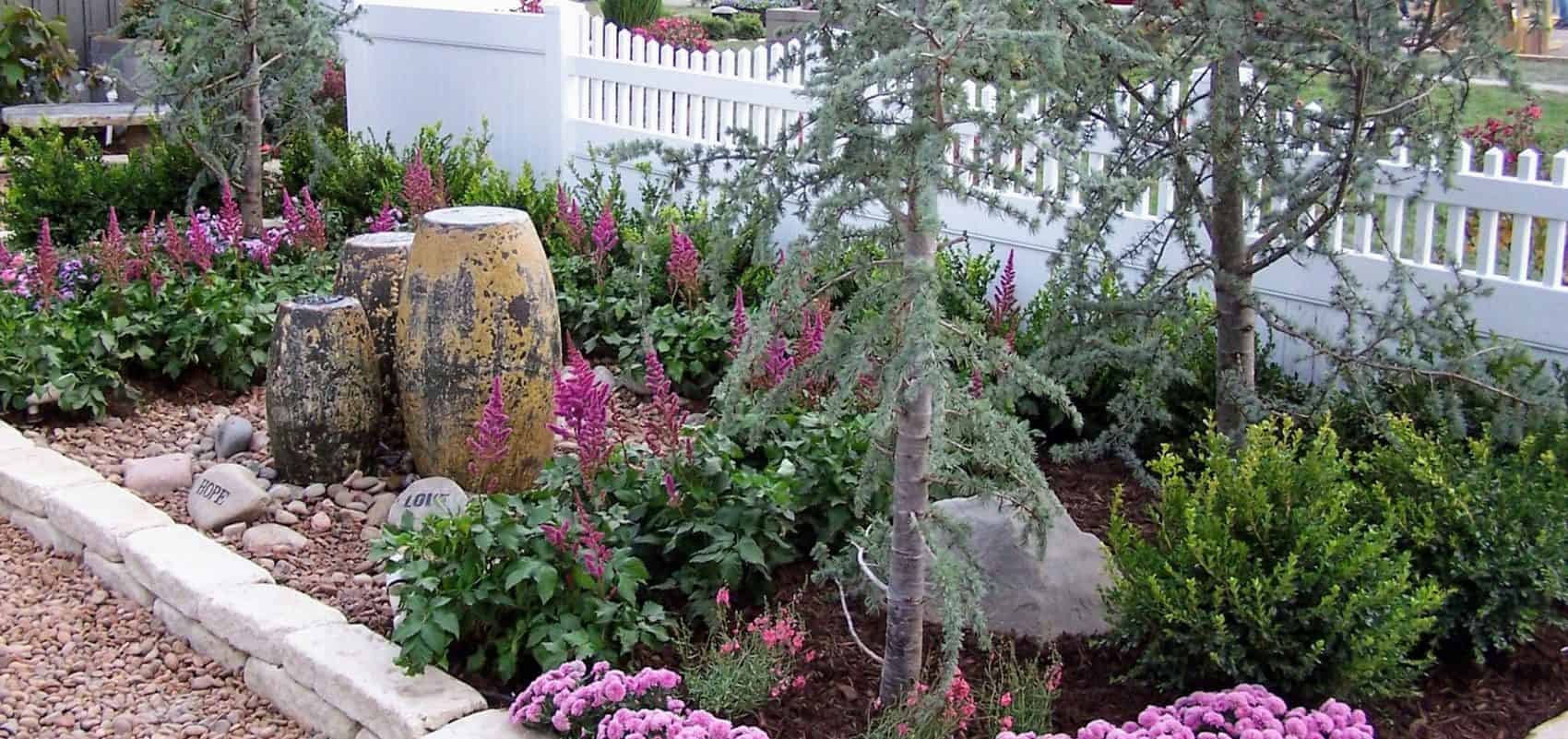Landscape Preservation
Landscape and regular grounds preservation can bring 10-15% added value to a home. If money is spent designing, planning, and installing, then money should be allocated to preserving the investment. Plants are living organisms that will continue to grow and provide added beauty, shade, scents, flowers, structure, barriers, fruit, privacy, and more. If these plants are neglected and not kept in check, the investment is no longer an investment, but rather a costly expense.
Our landscape preservation program preserves and maintains the structural integrity, aesthetics and overall health of trees, shrubs, and flowers. When you choose preservation, you’re protecting your investment in your outdoor space.
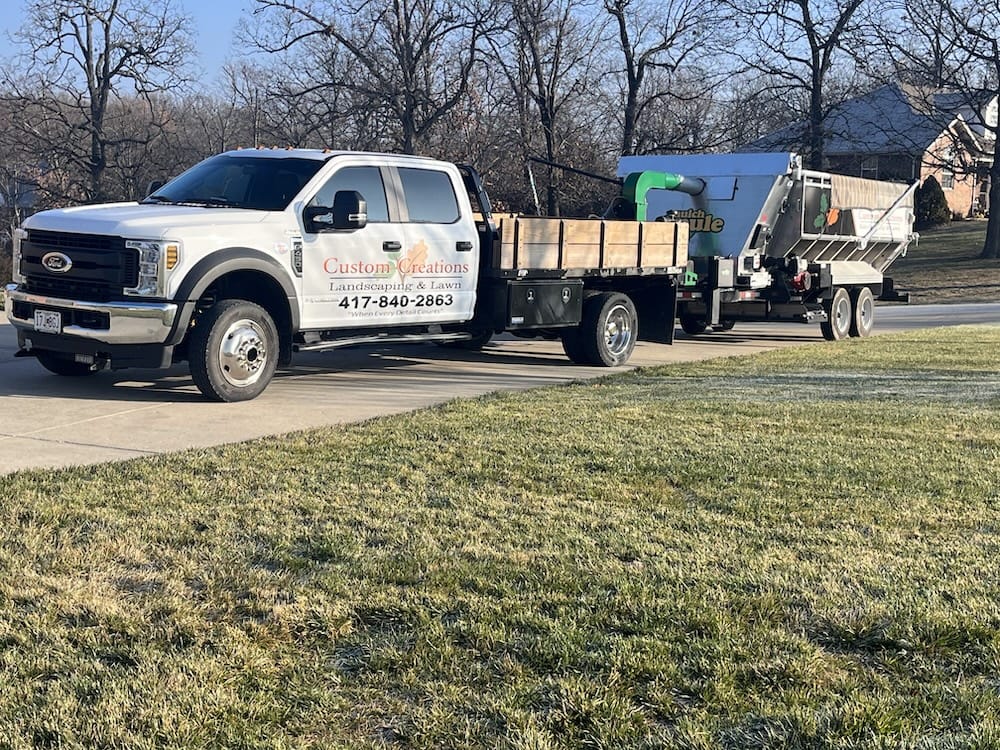
What is Landscape Preservation?
- Structural pruning
- Removing girdling roots
- Staking
- Dead heading/cleanup
- Cabling or bolting of limbs and branches
- Insecticide treatments
- Fungicide treatments
- Soil analysis
- Fertilizer
- Probiotic treatments, improving soil health via improving good bacterium for better uptake of nutrients
- Micronutrients such as lime, acid, iron etc.
- Mulching
- Water drip bags
- Deer and pest prevention
- Leaf removal
- Weed control
Pruning
Ornamental Trees
Ornamental trees (20’ or less in height) are typically pruned once a year. This yearly pruning aides in structural integrity, shape, and prevention of winter/wind damage.
Shrubs
Flowers
Benefits of Pruning
Air flow: Pruning allows for more air flow within and around the plants. Improved air circulation helps prevent fungus damage.
Reduced crowding: Removing targeted new growth allows the plants to maintain their shape, structure, and proper growth direction. It is never healthy to have plants touching one another – unless you are creating a ‘hedge’ effect.
Growth: Stimulate new growth to help fill in, thicken, and distribute the plant’s weight more evenly. This allows the plant to put more energy into healthier and more desired branches rather ‘rouge’ branches that shoot off in sporadic directions.
Insects: Although beneficial, some insects are not desirable in proximity to high traffic areas for families. Reducing and/or thinning plants will help deter insects from building nests unexpectedly (i.e., wasps, hornets, bees, etc.).
Other pests: The same goes for furry animals as for insects: raising branches off the ground or thinning/pruning plants off buildings and structures deters animals from making dens, nests, and hideouts. Many times, these are areas where animals will dig under foundations, causing a host of problems.
Light: All plants need varying amounts of sunlight to make food and stay healthy. Strategic pruning allows light to reach plants either internally, around, or both.
Disease: Pruning twice a year allows us to put eyes on the plants to catch early signs of disease that may be starting or has already infected and damaged the plant. We can remove these branches before they become weak and break. Also, with good air flow and increased sunlight, disease will be reduced.
Weeds: This classification of plants creates many problems for landscapes. Some of the most common problems include crowding, spreading, visually detracting, and competing for the same resources such as light, water and nutrients.
Fertilizing
Macronutrients
Plants, whether trees, shrubs, or grasses, need a sufficient number of certain macronutrients. The primary macronutrients that our program utilizes are nitrogen (N), phosphorous (P), and potassium (K). We manipulate the soil around the plants via a granular fertilizer that will have a set N-P-K analysis, depending on plant needs and time of year. Each element plays a specific role in plants.
One fun and easy way to remember this is “Up, Down and All Around” – Up = N, Down = P, and All Around = K. Nitrogen (N) aids in healthy growth for the upper portion of the plant, such as leaves, branches and flowers/fruit; phosphorous (P) aids in the lower portion, such as roots and vascular systems; and potassium (K) aids in proper functioning of the canopy and also root zone.
Probiotics
One of the most important factors in a highly effective fertilization program is providing a healthy soil biome. This biome includes what is called soil flora and soil fauna. Soil flora consists of bacteria, fungi, and algae. Soil fauna includes nematodes and protozoa. Soil bacteria convert nitrogen into a form that is readily available for plants to up-take. Without this bacterial action and symbiotic relationship, plants could not have access to the vital nutrients and would suffer. Soil fauna will move within the soil profile based on “food” or nutrients that are available. In short, the more soil bacteria = the more nutrients are available to plants.
We use a probiotic product that contains over 800 species of bacteria to achieve a healthy biome for the landscape. Simply using this product will unlock unavailable nutrients either already existing in the soil or products newly applied, thus optimizing your plant’s growth, development, and overall health. Probiotic treatments are highly recommended at least twice a year as this will aid in adding bacteria and increase the bacteria population. If a plant(s) has been fertilized and is still struggling or not performing well, then this is a good indication of poor or no bacterial action.
Soil ph
Based on a soil test we can further the optimal utilization of fertility by adjusting the pH of the soil. Lime or acid will be recommended to provide the best balance of nutrients. Soil pH will change over time due to leaching caused by weather such as rain/snow and irrigation.
Pest Control/Treatment
Insects are one of the most common problems that plants struggle with. These potential problematic insects include mites, aphids, worms, caterpillars, etc. Proper identification and timing are keys points to properly treating for either current or future damage. Early detection can be the difference between major suffering or complete decline. We utilize a variety of products that help tackle these problems such as Spinosad soap, dormant oils, neem oil, pyrethrin, castor oil, etc.
Fungus is another problem that can cause plants to suffer or even die. There are many types of fungus that affect plants; most of these are caused by too much moisture in the soil or on the leaves. Once again, early detection is important to treat the pathogen. We utilize fungicides, strategic pruning, and other products to combat fungus.
Animals can destroy plants as quickly as an overnight visit. These pests include deer, armadillos, raccoons, moles, etc. We use liquid and granular pesticides as well as baits to manage pests.
Weeds
This classification of plants creates many problems for landscapes. Some of the most common problems include crowding, spreading, visually detracting, and competing for the same resources such as light, water and nutrients.
We combat weeds preventively, actively, and post-contact. High-quality cloth weed barrier will aid in preventing existing weeds from emerging through mulch and plants.
Pre-emergents are the most effective in preventing weeds from germinating and growing all together.
Post-treatment tackles the plants that have already germinated and grown. Post-treatment may consist of spraying the weeds with herbicide, physically pruning/cutting/pulling them, or pruning and painting the remaining stub with a hardwood herbicide.
A proper weed control program can save many hours and a lot of money for the homeowner.
Other Preservation Methods
Plant Staking
Cabling and Bolting Trees
We use a high strength, braided steel cable to help secure branches that have either broken or are under stress. This ensures that the tree can retain its structural integrity and preserve older growth. Steel bolts are used as well to help tie branches together to prevent canopy splitting.
The unique part of either cabling or bolting is that the trees have the amazing ability to engulf and grow around these foreign objects yet not damage the plant. In essence these steel parts become a ‘part’ of the plant. We like to utilize these systems to help prevent pruning or removing important aesthetic branches which can save the plant and money.
Mulching
This is the process of using shredded, ground or courser organic material to layer on top of the soil around desired plants. Usually, mulch is generated from hard woods chipped into smaller more manageable sizes, sometimes dyed in different colors, and allowed to dry. Mulch can be made from many different sources: for example, pine bark, pine needles, hard wood (oaks, walnut, etc.), cedar, straw, hay, leaves, etc.
The major purposes for mulching are to help retain soil moisture, reduce evaporation, protect the root system from extreme elements, reduce weeds and aesthetics. In fact, mulch can help reduce watering by upwards to 80%. Rock and gravel are used as well but this will not help with moisture retention or weeds or add nutrients over time to the soil.
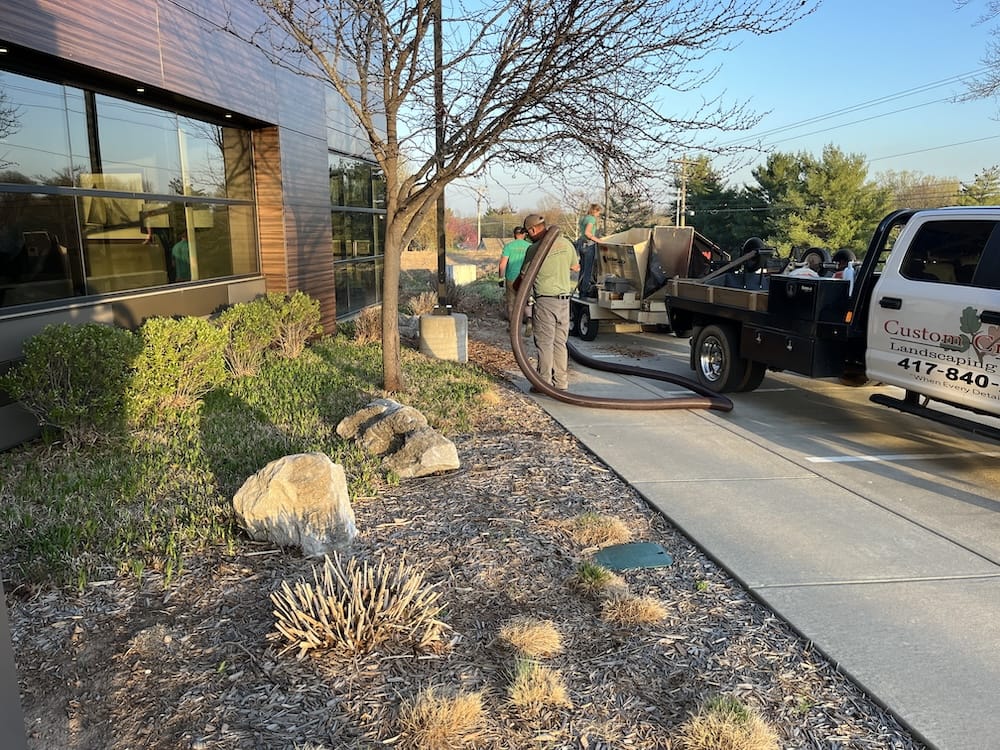
Watering
Most customers do not have an automated irrigation system and watering a landscape can be one of the biggest challenges. This challenge is especially difficult for newly planted trees that are of any distance from the home or building.
For localized watering, water drip bags are excellent for providing a 6–8-hour slow drip, delivering 20 gallons of water right on the root system. These bags are constructed from a heavy duty, green coated polypropylene. The bags are treated in a UV stabilized coating to withstand extended exposure to the sun. The bags are zipped around the tree trunk and multiple bags can be secured to bigger trees. So, regardless of where the trees are located, if the bags can be filled with water, they will help ensure the survivability and growth of new plants.
We pride ourselves on delivering a great product for our customers. Always keeping the customer in mind, we educate on which plant species to use for longevity, year-round performance, and design.
Preservation is not set aside just for national and state park settings, but also for our home grounds which we get to enjoy every day. Our home is our biggest investment and joy. We want to be a part of preserving your homestead.


